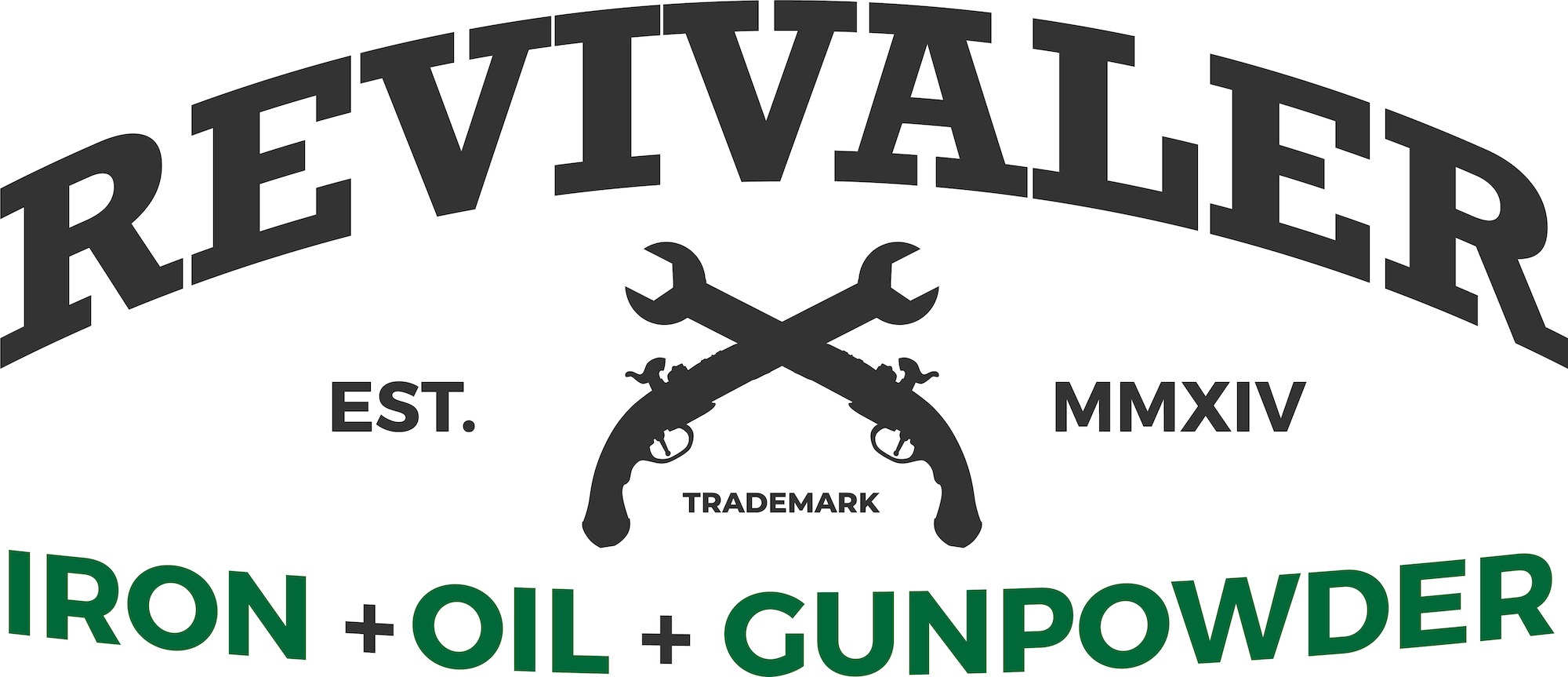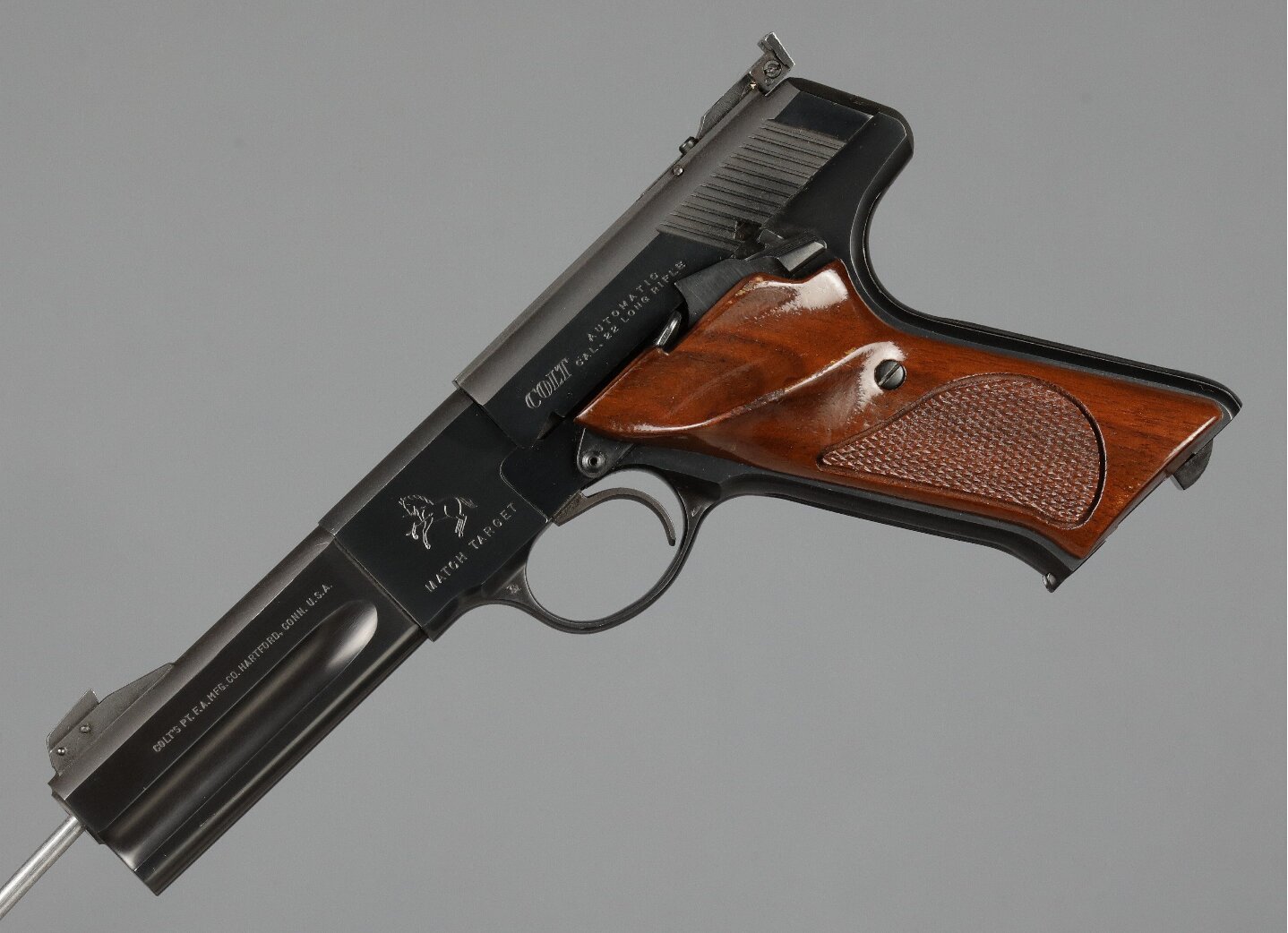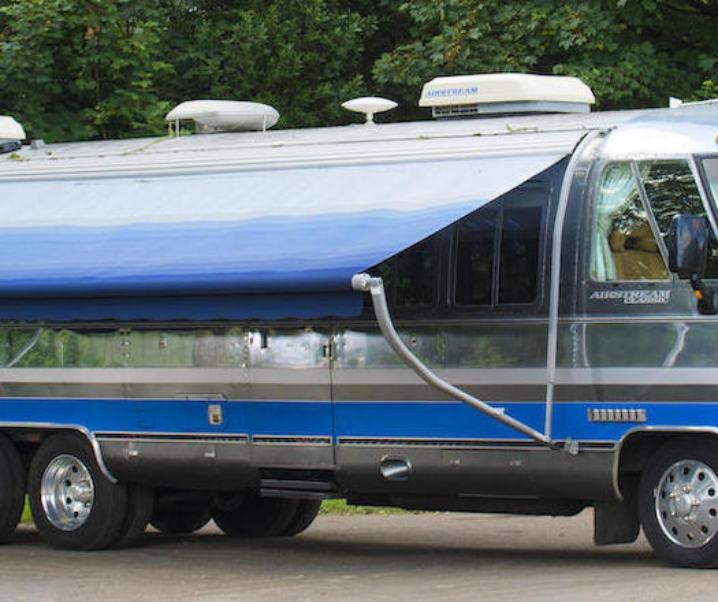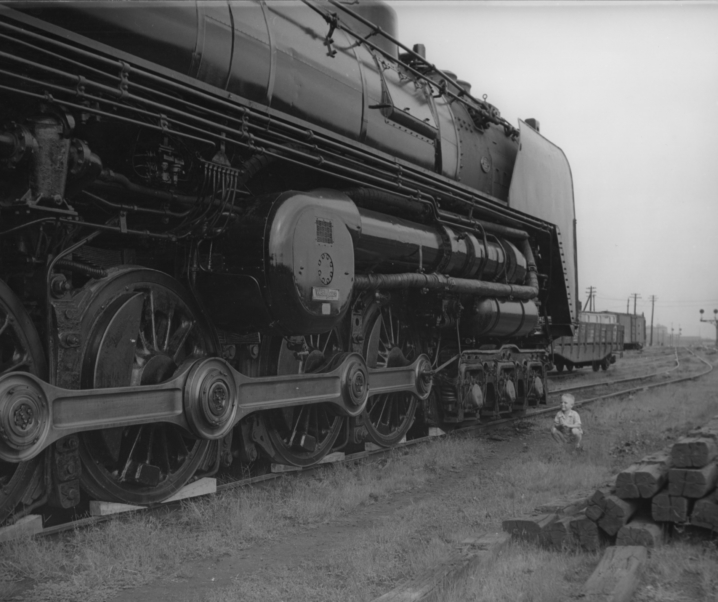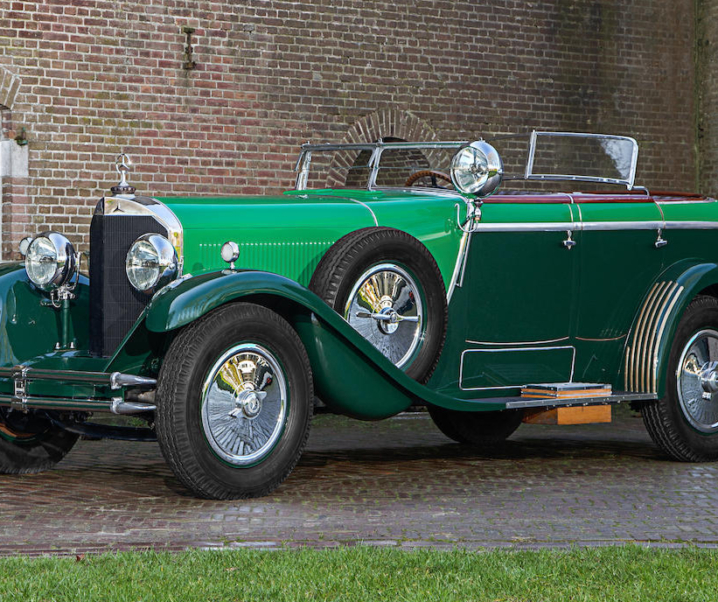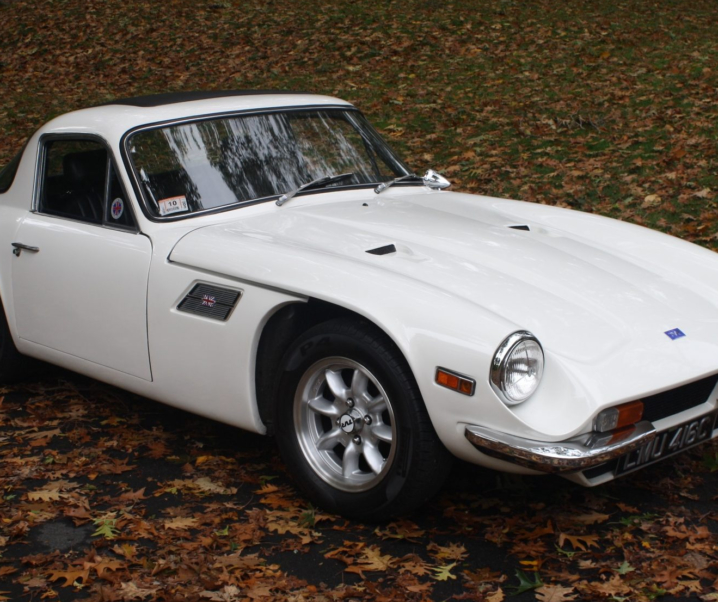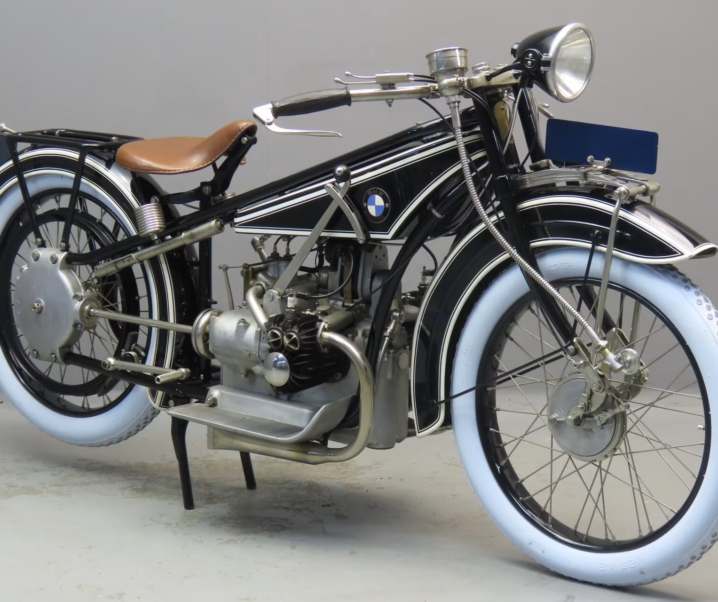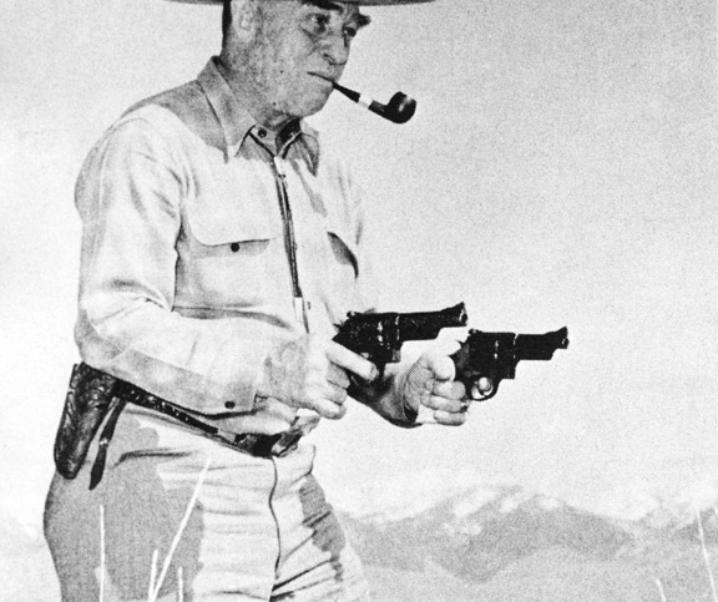The Colt Woodsman 22 rimfire pistol is a handgun that many experienced when they first tried pistol shooting. This pistol went through three series and proved itself accurate, reliable, and a lot of fun.
Fast Facts
- The Colt rimfire target pistol that would later be named “The Woodsman” was first made in 1915 with production continuing until 1977.
- The pistol was given “The Woodsman” name in 1927.
- This target pistol was made in three series, each being based on the original design but with improvements.
- The Match Target versions were especially accurate pistols and served well in pistol club competition for decades.
One of the first pistols I ever fired was a Colt Woodsman. It was a club gun that belonged to the pistol club I was a part of many decades ago: and I would guess that many people would have had the same experience, whether at a pistol club, or casually plinking at cans on a camping trip, the Colt Woodsman would have been the first experience of a handgun.
The Colt Woodsman was one of John Moses Browning’s many successful designs, improved upon by Colt’s engineers and manufactured by Colt.
The humble Colt Woodsman would go on to become not only a camping companion and tool for the getting of the essential ingredient of rabbit stew, but it would feature in high level target pistol shooting competition, especially in the early years.
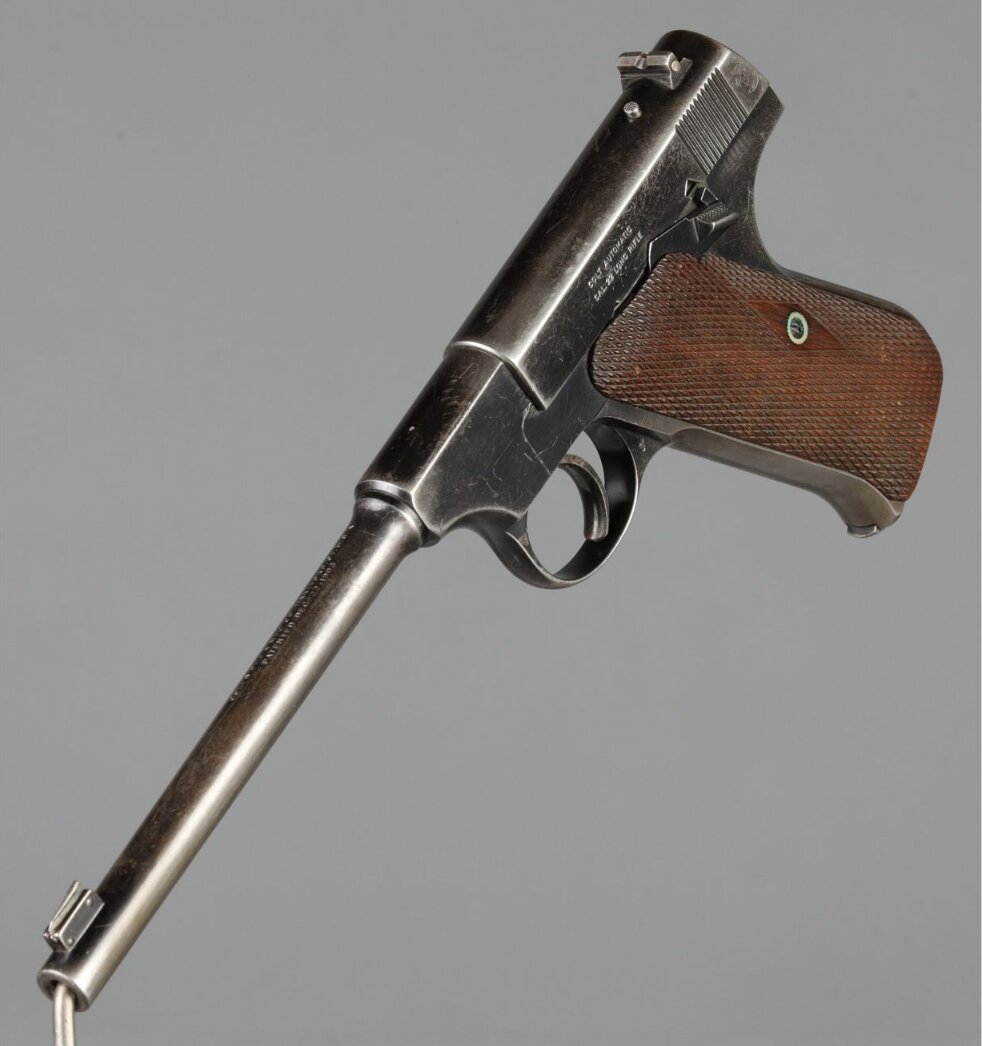
Browning’s design gave the Woodsman a barrel fixed to the frame, and a short slide with a simple blowback operation. On the slide was mounted the rear sight which was fixed on lower grade pistols and adjustable on the Target models.
This design had the advantage of giving very open access to the breech, which was very handy in the event of a misfire or failure to fire when the cartridge, or cartridge case was stuck in the chamber.
The fitting of the rear sight on the moving slide created the one point of criticism in target shooting circles because it created a potential point of inconsistency depending on how tight the tolerances were and thus how reliably the slide with rear sight returned to the exact same position when the slide returned to battery.
The High Standard Supermatic, which I also spent quite a bit of time shooting, solved this issue by placing the rear sight on a bracket that was firmly attached to the frame and which wrapped around the slide.
As the Woodsman was made for 22 rimfire ammunition there was scant recoil generated and so Browning gave the pistol more grip angle, something that made it very comfortable to shoot.
If you look at modern competitive target pistols you will notice that they are designed to allow the hand to grip the pistol while keeping a straight line across the top of the wrist and hand. This allows for a relaxed and instinctive hold on the pistol, with the recoil being transmitted into the straight wrist and forearm.
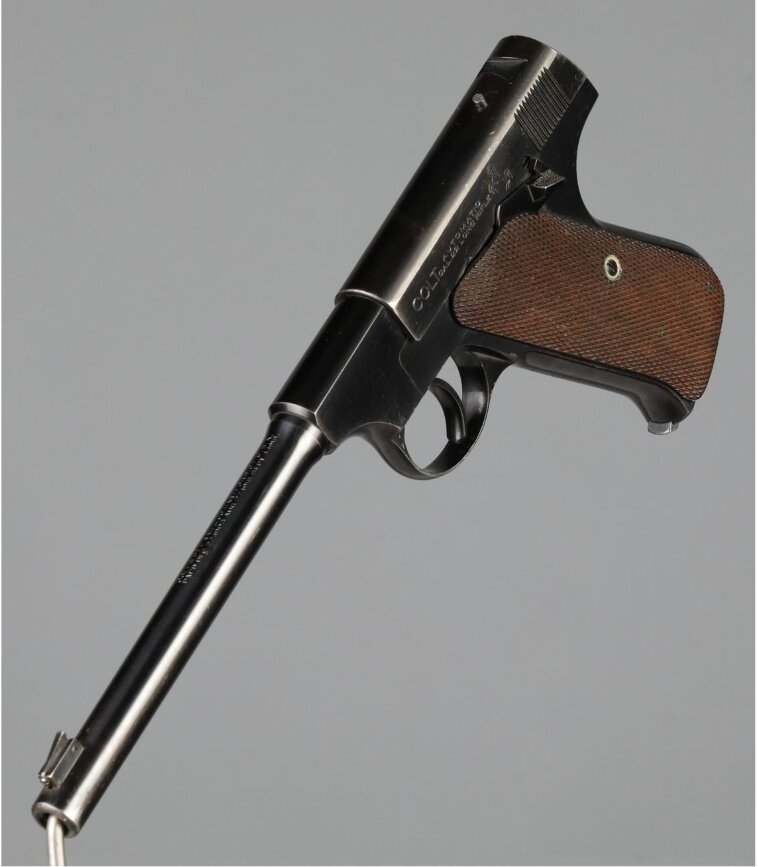
Those who’ve trained one of the karate styles will no doubt have been taught to keep the top of the wrist straight when delivering a punch, with the contact being with the first two knuckles of the striking hand. This is the same principle in a different application.
This sort of grip angle would not be well suited to a heavy recoiling handgun because it transmits the recoil force into the web of the hand between the thumb and forefinger. But for a target handgun using 22 rimfire ammunition it is perfect, and the Colt Woodsman went some of the way to provide this.
The Woodsman was made in three series, and in each series there were different styles of pistol offered with different grades of grip, and sights fitted.
First Series (1915-1941)
When the this pistol was first introduced , at a time when Europe was being torn apart by the “Great War”, a war the United States had not yet entered, it was not yet called the Colt Woodsman. This naming would have to wait twelve years, until 1927, with the name “The Woodsman” stamped on the forward left side of the frame.
The first pistol in this series was called the Colt .22 Target Pistol and it was fitted with a six and a half inch barrel and adjustable sights. This first model was recommended to be used with semi-smokeless lubricated 22 ammunition.
It would not be until 1932 after serial number 83,790 that the mainspring of the pistol would be strengthened to enable it to use “high speed” ammunition.
Then, in 1933 Colt debuted the “Sport Model” of the Woodsman. This version was fitted with a four and a half inch barrel and was fitted with a fixed front sight. This would later be upgraded to an adjustable sight.
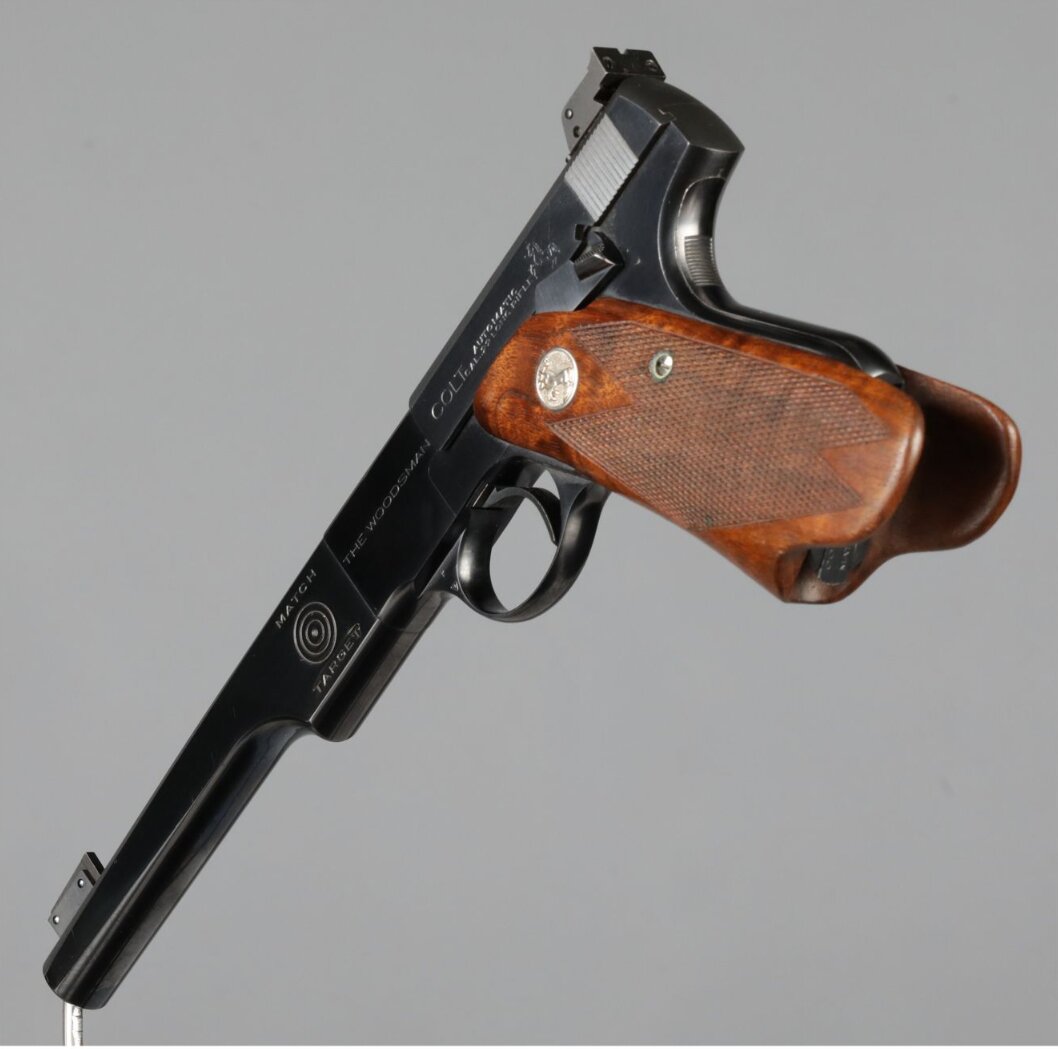
In 1938 the Match Target model was introduced. This was very much a purpose designed target pistol and looked very different to its predecessors.
The name “Match Target” was engraved on the left side of the flat sided barrel with a bullseye between the two words. This led to it being nicknamed the “Bullseye Target” pistol.
In up to 1945 Colt delivered 4,000 modified Match Target pistols to the US Government: these being fitted with plastic two-piece grips and stamped “Property US Government”. These pistols subsequently found their way onto the military surplus market and turn up for sale in civilian hands from time to time.
Second Series (1947-1955)
The Second Series of the Colt Woodsman were made on a longer and slightly heavier frame and had the magazine release re-located to the rear of the trigger guard, just as is found on the Colt M1911.
This model also featured a magazine safety catch, and an automatic slide stop to keep the slide open after the last shot was fired.
The Second Series were made in the same model designations as the First Series; Target, Sport, and Match Target. In addition to this a less expensive Challenger model was offered, this version having fixed sights and the magazine release located at the foot of the magazine well.
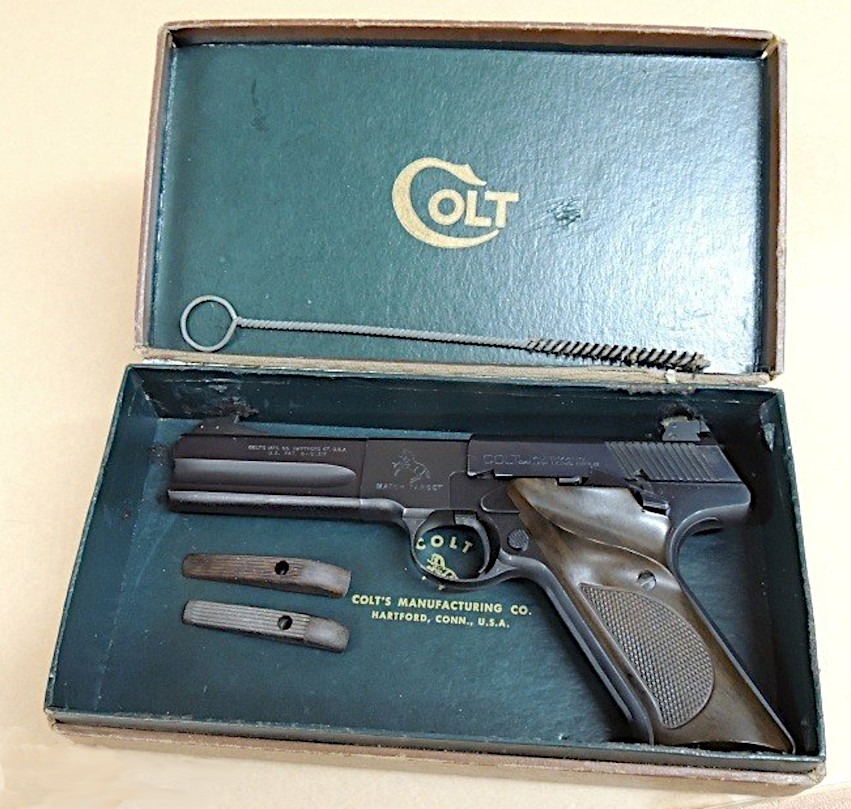
Third Series (1955-1977)
In 1955 Colt introduced their final refinement of the Woodsman which incorporated the enhanced grip angle of the Second Series and flat sided, fluted heavy barrel for the Match Target model.
The model line-up included the Target, Sport, and Match Target each with features essentially carried over from the Second Series.
Colt also made other versions of the Woodsman including the Huntsman which was fitted with fixed sights.
From 1960 onwards pistols could be ordered with the walnut target grips with thumb rest as fitted standard to the Match Target model instead of the standard plain plastic grips.
Barrel lengths were 4.5 inches (11 cm), 6 inches (15 cm), and on some models 6.625 inches (16.83 cm).
Magazine capacity was 10 rounds. One of the side advantages of the grip angle was that the 22 long rifle rimfire cartridges were kept from having their rims foul on the cartridge underneath them.
The Colt Woodsman pistols were designed so that they could be safely dry-fired – something that is normally strictly avoided on rimfire pistols and rifles because of the damage done to the breech face. The Woodsman have an internal stop to limit the firing pin travel so it won’t impact the breech face.
That being said I would still avoid dry firing with nothing in the chamber. When I dry fire with a rimfire rifle or pistol I like to use a fired cartridge case and rotate it between shots so that the firing pin hits an undamaged part of the rim each time. Then once its had a few impacts I simply replace it with another fired case and continue.
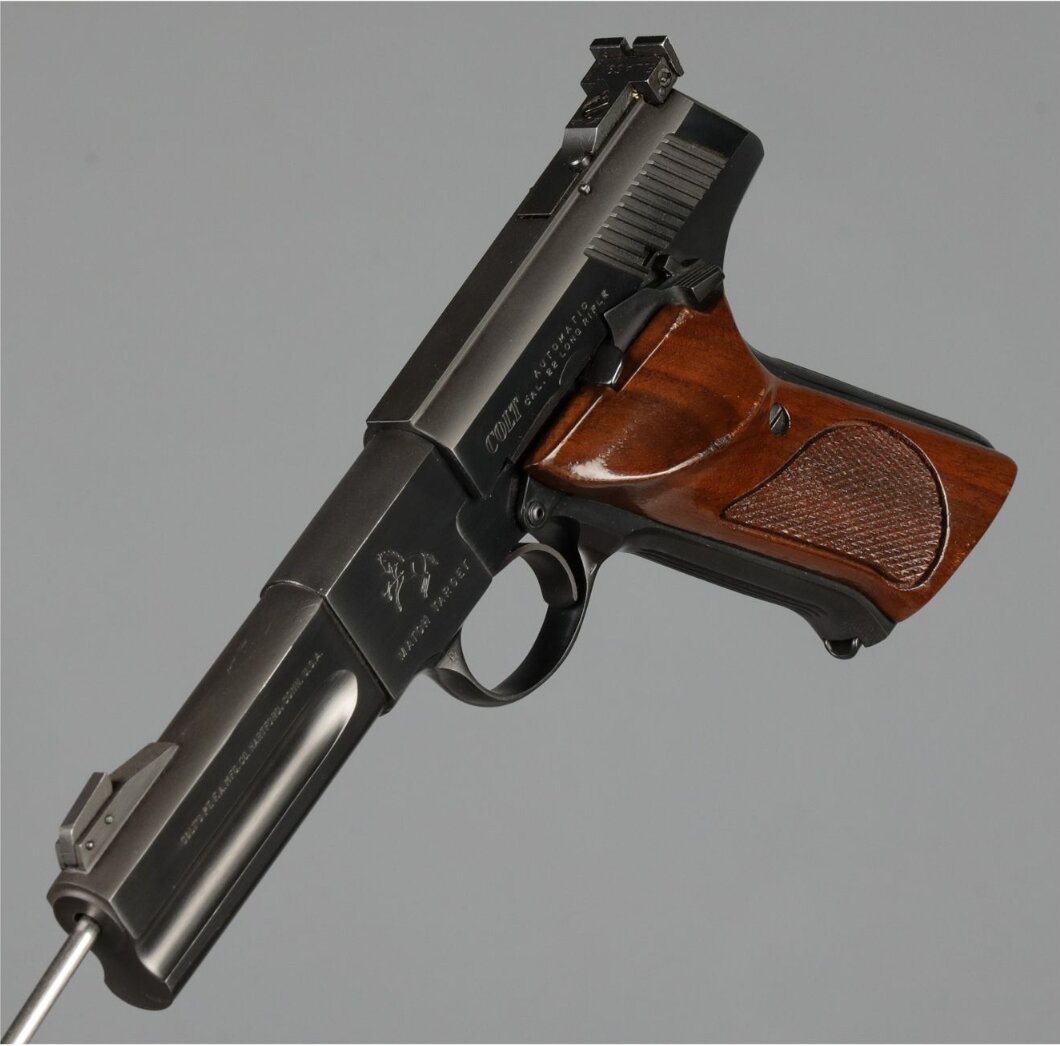
When doing this you’ll tend to get some fouling from the fired case sent into the barrel but that is of course easily cleaned out with a patch, preferably soaked in whatever your barrel cleaner of choice is – I’m very old fashioned so I use Ballistol, and then make sure I dry the bore thoroughly before shooting live ammunition.
The Colt Woodsman, especially the Match Target version, was a quite wonderful 22 rimfire pistol, accurate enough to deliver good accuracy when used for the 50 meter Free Pistol Match – you wouldn’t win at the Olympics with it – but could shoot a pretty decent score with it. It was also good for the 25 meter Rapid Fire Match, and was an excellent contender for the 25 meter Standard Pistol Match, and for the Ladies Match.
It was a versatile pistol, well made, accurate and reliable.
The pistols pictured in this post are for sale at time of publication. Just click the link to be taken to the sale page.
- Two Digit Serial Number Colt Pre-Woodsman
- Pre-World War II Colt Woodsman Match Target
- Colt Match Target Second Series
- 1975 Woodsman Match Target
Picture Credits: Pictures courtesy Rock Island Auction except where otherwise credited.
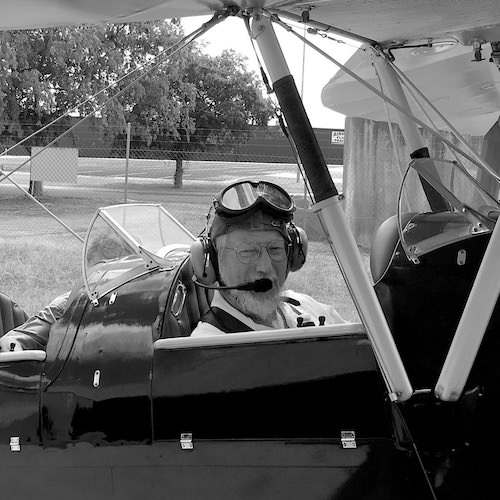
Jon Branch is the founder and senior editor of Revivaler and has written a significant number of articles for various publications including official Buying Guides for eBay, classic car articles for Hagerty, magazine articles for both the Australian Shooters Journal and the Australian Shooter, and he’s a long time contributor to Silodrome.
Jon has done radio, television, magazine and newspaper interviews on various issues, and has traveled extensively, having lived in Britain, Australia, China and Hong Kong. His travels have taken him to Indonesia, Israel, Italy, Japan and a number of other countries. He has studied the Japanese sword arts and has a long history of involvement in the shooting sports, which has included authoring submissions to government on various firearms related issues and assisting in the design and establishment of shooting ranges.
